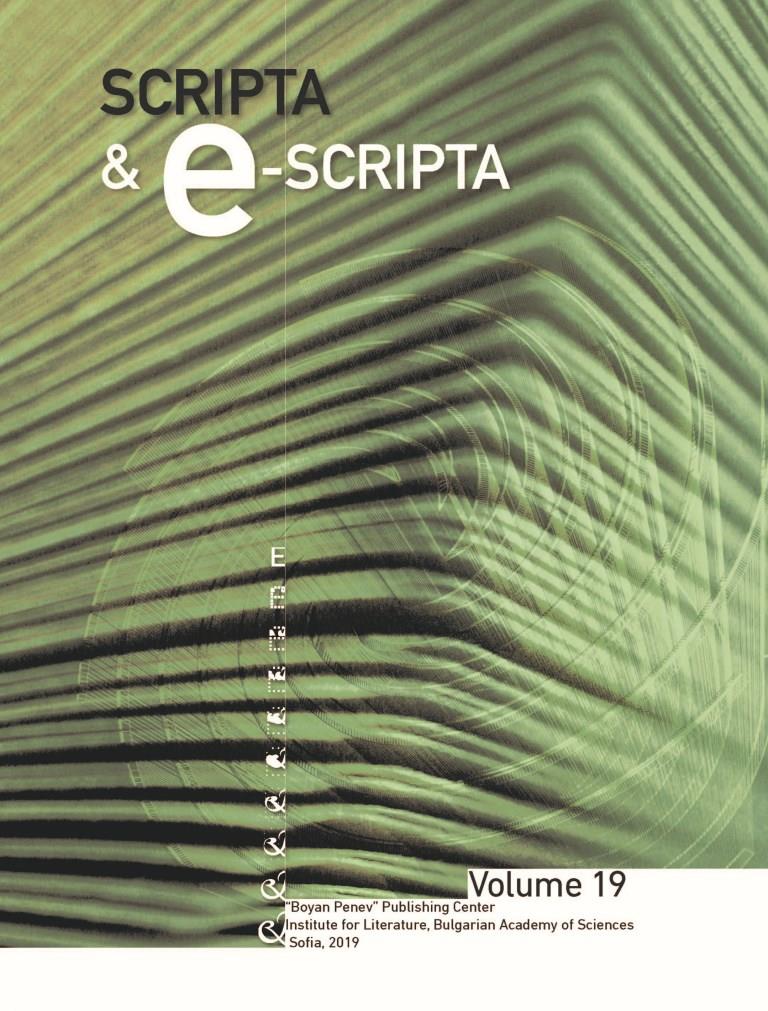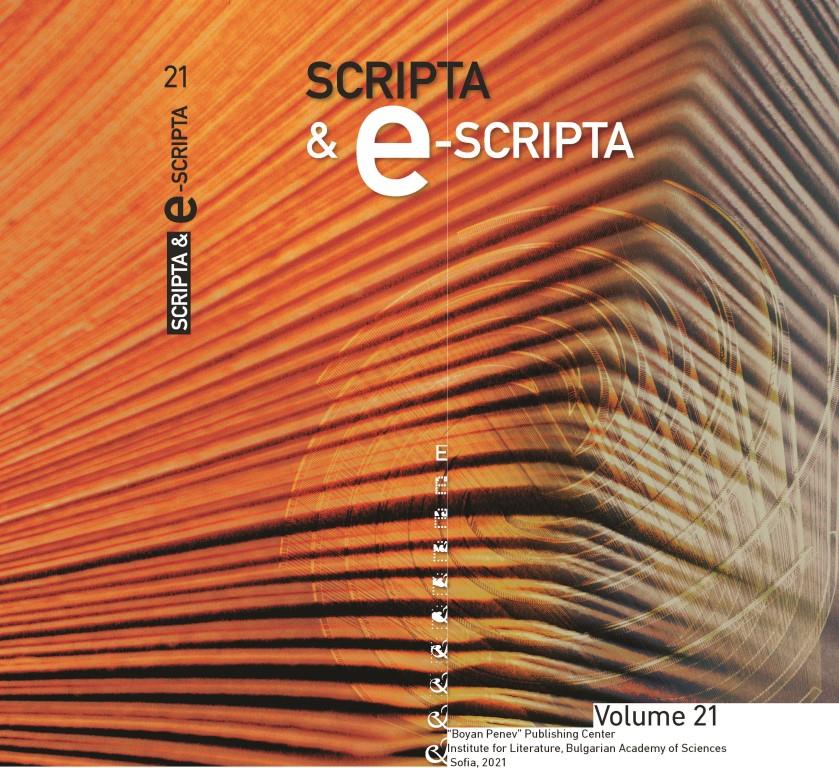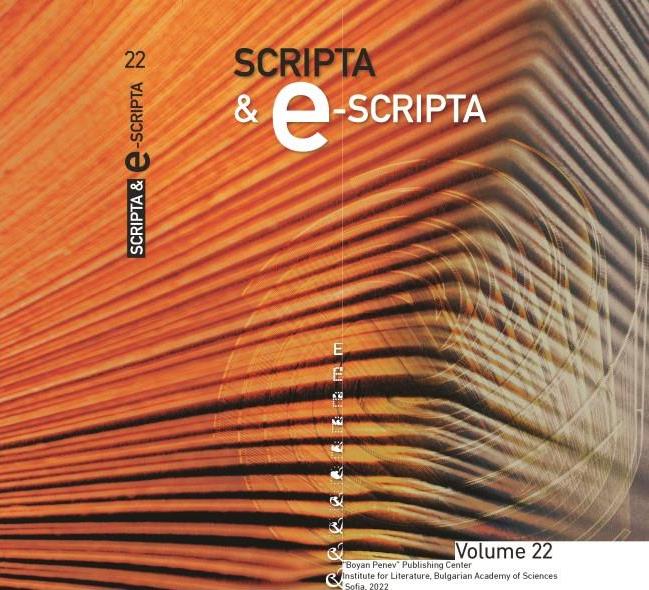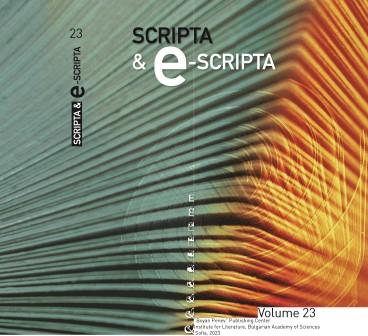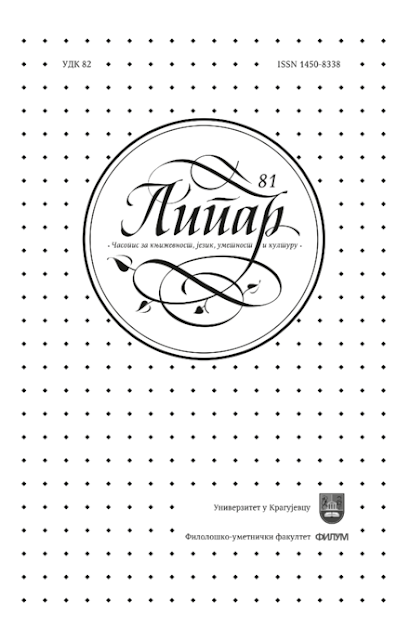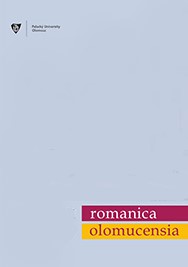
Указатели названий и инципитов разделов и глав славянских списков Откровения Иоанна Богослова как поисковый аппарат и основа для изучения редакций текста
The article is devoted to the research of the Revelation of John the Theologian text editions. The main source of this aspect of text study is the peculiarity of the text structure: names, intsipits, explicites. The features of the three known scientific editions of the Apocalypse are determined and presented in the table. The methods of work on revealing these signs is described.
More...
